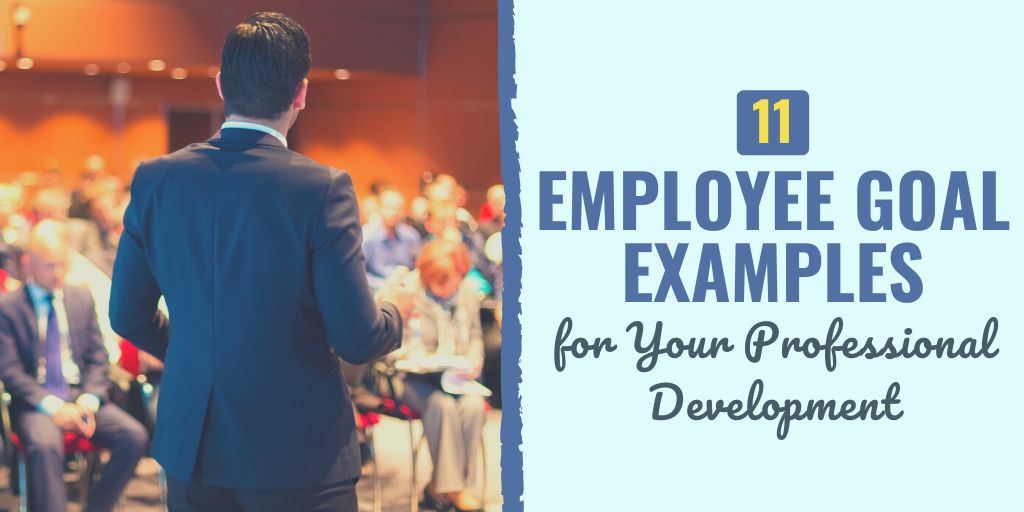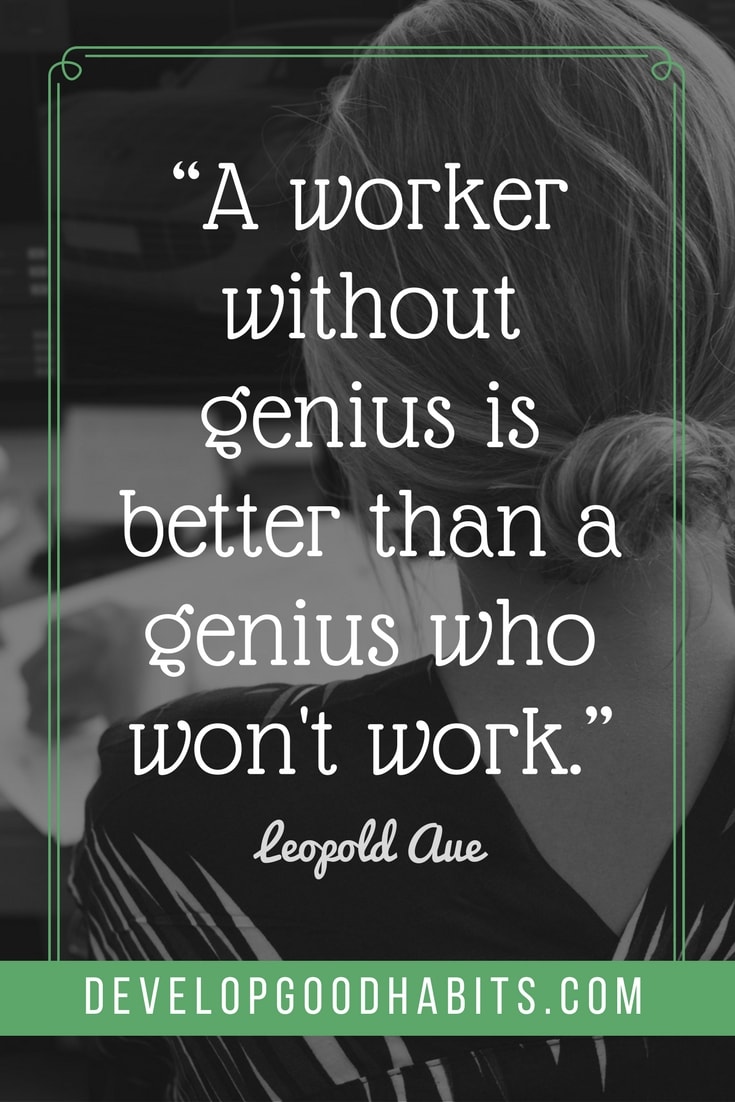There might be affiliate links on this page, which means we get a small commission of anything you buy. As an Amazon Associate we earn from qualifying purchases. Please do your own research before making any online purchase.
In addition to offering paid time off, medical and dental insurance, and the option to buy into a retirement plan, many employers offer potential employees opportunities for professional development to sweeten up their job offers just a bit more.
We’ve talked about the importance of being a lifelong learner and staying on top of emerging trends in your industry. But if you’re not required to participate in professional development activities with your company, do you think there is a chance that you may start to feel complacent in your job?
This could lead you to push this task to the side as you become increasingly comfortable with a job that you could almost do with your eyes closed.
If you’re not proactive with setting goals for your professional development, it’s easy to let time slip away and allow the industry to update itself without you, which could leave you as an outdated resource.
Imagine what it would look like if a doctor from the 1930s traveled through time and was placed in the middle of a busy, high-tech hospital today.
I doubt that this doctor would get very many referrals, because today’s patients seek modern, cutting edge treatments for illnesses that are the subject of ongoing research. A doctor from way back when who hasn’t updated his skill set would be lost in the current world of medicine.
This demonstrates why professional development is a critical component to your success in your career. There will always be someone coming up behind you who is smarter, better, or more knowledgeable–and you need to keep up.
So in this article, we are going to talk about what professional development is and the importance of engaging in it. Then we will look at 11 employee goal examples that you can tailor to your own professional development so you can stay on top of your game in the office.
What Is Professional Development?
Professional development refers to any type of educational experience that can benefit employees in succeeding in their career.
Even if an employee possesses the necessary skills to complete their job, they will likely need to learn additional skills with time to stay relevant.
By participating in professional development, employees can develop their foundational competencies to become more efficient, productive, and valuable workers.
Professional development isn’t simply on-the-job training. It encompasses all methods of education created to help employees succeed in the long-term.
This may include college courses, webinars, industry-specific certifications, personal coaching, mentoring, or any other formal learning experience that can teach additional skills or help someone improve as a professional.
Many professions require employees to participate in specific or approved ongoing learning–often as a condition of remaining employed. But as a professional, it’s best to actively seek out new opportunities to learn in order to stay ahead of the game.
Now that we know what professional development is, let’s look at what goes into making goals related to this arena of your life.
What Is a Professional Development Goal?
A professional development goal is a clear statement that focuses on improving and increasing one’s professional knowledge, skills, and abilities (KSAs) through continued learning or training opportunities.
These goals are centralized around enhancing a professional’s abilities, which therefore increases their value as an employee to any organization.
All reputable and high-quality employers want their employees to grow in their careers. They see entry-level positions as stepping stones, not final destinations, so they encourage their employees and provide them with opportunities to grow on the job.
Companies that have professional development opportunities for their employees are demonstrating the investment that they’re making in the people they hire, which is often reciprocated with increased employee retention and dedication.
Professional development goals can either be initiated by an employee or a management team, and they can either be job specific (like completing a relevant certification) or they can be general (like joining a professional organization to learn skills that you can apply to your job).
Just like any other SMART goal, professional development goals should clearly state why you want to expand your knowledge, exactly what you intend to learn or improve, how you’re going to do this, and what your deadline is.
This should all be summarized in one concise statement that defines your desired result, so you know what you have to do to achieve your goal and measure your progress along the way.
How to Set Professional Development Goals
You can set your own professional development goals, or you may choose to work with your manager or HR department to create some goals that are specific to your job. Either way, you need to identify potential areas in which you could improve or contribute something more to your role.
The first thing you will need to do is decide what your ultimate career goal is.
Where do you want to be in 10 years? What do you hope you will have accomplished?
Knowing your long-term career goal will help you work backward to generate smaller goals that will help you reach your bigger professional goals.
If you’re having trouble coming up with something, look at the notes from your last performance review.
What did your boss recommend that you work on? Do you have trouble with prioritizing your work? What about avoiding distractions?
This information will help guide you in figuring out some professional goals that would help lead to desired results.
As always, you will want to follow the SMART goal framework. Goals that are Specific, Measurable, Achievable, Relevant, and Time-bound will lay out a process that ensures your goals are actionable, measurable, and able to keep you motivated.
Watch the video below for a quick overview and great examples of SMART goals.
And just remember to review your SMART goals for work and your progress on a regular basis to ensure you maintain that momentum that you started with. Being able to see some results from your hard work will keep you on track to achieving your goals.
Let’s take a look at some examples.
11 Employee Goal Examples for Your Professional Development
1. In the next three months, I will streamline the online presence of my personal brand by building a LinkedIn profile, removing any information on my social media profile that is not related to my brand, and monitoring my accounts for interactions with potential clients or partners.
2. For the next six weeks, I will read three news articles related to my industry each week to improve my knowledge and stay on top of emerging trends.
3. Within the next two months, I will join a committee at work in order to develop new professional relationships with people in other departments and gain a better understanding of what each division of the company does.
4. By the end of Q4, I will have established a mentoring relationship with an entry-level employee by dedicating one hour per week to working with the employee on education and training.
This will help me cultivate my managerial skills and contribute to a more welcoming company culture.
5. I will improve my public speaking skills so I can make presentations with less anxiety.
I will do this by completing a training program that offers coaching and strategies within the next month and practice my public speaking skills twice a week by recording myself talking and then watching my presentations and asking trusted colleagues for constructive criticism.
6. I will improve my productivity by the end of the quarter by writing down my priorities for the upcoming week every Sunday night. I will make the most of my time by scheduling focused work for the mornings, when my mind is at its sharpest.
I will delegate at least two tasks per day to others so I can focus more on critical tasks. Finally, I will limit myself to checking my email three times per day in an attempt to avoid that distraction.
7. By the end of October, I will have earned my ACM Certification. I will study for five hours each week and take an ACM Exam prep course over the summer to ensure my readiness to successfully pass the exam.
Finally, I will find an accountability partner to work with who is also preparing to earn this certification.
8. I will complete a leadership training course by the end of the next quarter to gain the necessary leadership skills that will set me up for success in the future when I earn a promotion into a leadership position.
9. I will familiarize myself with other software tools that are used in the industry to broaden my scope of knowledge of industry tools and increase my options for working with various programs.
10. I will complete two career discovery tasks per month for the next year that help me narrow down a career path that will allow me to combine my strengths and passions to have a fulfilling professional life.
11. I will cultivate my leadership skills by actively participating in at least one new project per month that requires cross-cultural collaboration, problem solving, strategic planning, and critical thinking. Then I will have at least two of my superiors recognize my proactive behavior..
Final Thoughts on Employee Goals Examples
Those who engage in professional development feel more confident in their skills and ability to succeed in their careers. Without this type of continuous growth, employees may begin to question their professional competencies.
When you engage in professional development, you will become more productive and efficient while you work, which will in turn help your company succeed.
Your professional development goals will help open new doors to opportunities that may be more lucrative and fulfilling than your current position.
Adjust the goals laid out in this article to fit your professional development needs and you can be sure that you will become more successful in your career.
And if you're looking for more resources to help you, here are some articles that might help:
- 10 Vision Board Examples for Your Work or Job
- 25 Work and Life Hacks for Maximizing Your Productivity
- 31 Short-Term Goals Examples for Work
Finally, if you want to take your goal-setting efforts to the next level, check out this FREE printable worksheet and a step-by-step process that will help you set effective SMART goals.

Connie Stemmle is a professional editor, freelance writer and ghostwriter. She holds a BS in Marketing and a Master’s Degree in Social Work. When she is not writing, Connie is either spending time with her 4-year-old daughter, running, or making efforts in her community to promote social justice.



